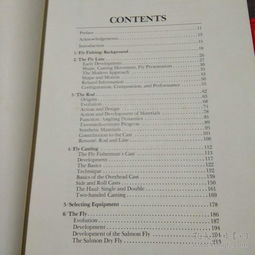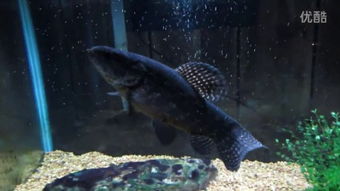In the serene world of angling, the mastery of various fishing techniques can make the difference between a successful day on the water and a mere pass-time. One such technique that often goes overlooked is the adjustment of the float size. The float, or bobber, is a crucial component in the art of fishing, as it helps anglers detect the subtlest of bites. In this article, we will delve into the intricacies of float size adjustment and how it can significantly impact your fishing experience.
Understanding the Float
Before we dive into the specifics of float size adjustment, it's important to understand the role of the float itself. A float is a buoyant device attached to the line that rises to the surface when a fish takes the bait. It allows anglers to detect when a fish is biting by watching for movements in the float.
The size of the float can vary greatly, and choosing the right size is essential for successful fishing. A float that is too small may not be visible in choppy water or may not be sensitive enough to detect subtle bites. Conversely, a float that is too large may be too visible to fish, spooking them or causing them to ignore the bait.

Choosing the Right Float Size
The first step in adjusting the float size is to choose the right one for the conditions. Here are some factors to consider:
Water Conditions: In clear water, a smaller float is often preferred to minimize visibility. In murky water, a larger float may be necessary to ensure visibility.
Bait Size: The size of the bait you are using should also influence your float choice. Larger baits may require a larger float to keep them submerged properly.
Depth of Water: The depth at which you are fishing will dictate the size of the float. For shallow water, a smaller float is sufficient, while deeper water may require a larger float to keep the bait at the desired depth.
Fish Species: Different fish species may have different preferences when it comes to the size of the float. Research the species you are targeting to determine the best float size.
Adjusting the Float Size
Once you have chosen the appropriate float size, it's time to adjust it to your fishing conditions. Here's how to do it:
Attach the Float: Thread the line through the float's eye and tie a secure knot. Ensure that the float is attached to the line at the desired depth.
Add Weight: Attach a weight to the line above the float. The weight should be enough to keep the float at the desired depth but not so much that it hinders the float's ability to detect bites.
Test the Float: Cast the line out and allow the float to settle. Adjust the weight as needed to ensure the float is at the correct depth.
Fine-Tuning: Once the float is at the desired depth, make small adjustments to the float's position on the line. This will help you detect the smallest of bites.
Float Sensitivity
One of the key benefits of adjusting the float size is the ability to increase sensitivity. A smaller float can detect even the lightest of bites, which is particularly useful when targeting finicky fish. Here are some tips to enhance float sensitivity:
Use a Light Line: A lighter line will transmit the bite more effectively to the float.
Keep the Line Taut: A taut line will allow you to detect even the smallest movements in the float.
Use a Sensitive Float: Some floats are designed to be more sensitive than others. Choose a float that is known for its sensitivity.
Practice Patience: Sometimes, the best way to detect a bite is simply to be patient and watch the float closely.
In conclusion, the size of the float is a critical factor in the art of fishing. By choosing the right size and adjusting it to your fishing conditions, you can improve your chances of success. Remember to consider water conditions, bait size, depth, and fish species when selecting a float. With practice and patience, you'll be able to master the float size adjustment and enjoy a more rewarding fishing experience. Happy fishing!












